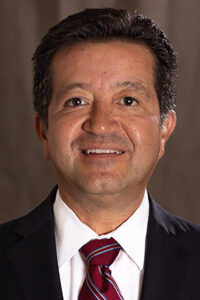August 11, 2021
Engaging your workforce is not only critical to the cost-effectiveness, profitability and productivity of your organization, but it’s also the best way to develop a healthy company culture that will encourage retention.
The Journal of Healthcare Contracting recently spoke to Carlos Aguilar, Vice President of Sourcing, Buy to Pay, Kaiser Permanente, about finding effective ways to keep your team motivated, even amid the pressures and obstacles of the COVID pandemic.

Unite your team under one purpose
Teams work best when they work together under one purpose. When you create transparency and visibility for the needs of your organization and the needs of your clients, you can build a foundation for your team to unite under one purpose. Your efforts will be much more successful and effective if everyone is on the same footing. “We created visibility to where the issues were and the magnitude of the problem we were facing, allowing them to see exactly what was required,” Aguilar said. “It helped galvanize the entire organization around a common goal.” After you unite your team, it will help to provide metrics and analytics to see what progress has been made and where you can improve.
Ground your efforts
Your team needs to know exactly who they are serving and how their efforts are making a difference to your clients. “We partner very closely with our clinicians, nurses, frontline workers, and doctors in our care settings treating members and patients, which helps to ground all our team’s efforts. They understand perfectly how their work impacts our ability to serve our members and patients,” Aguilar said. Not only will it give your team a “face” to garner their efforts but seeing the people they are helping will also help to improve morale.
Brainstorm
Bringing new ideas to the table is a great way to improve engagement and productivity for your organization. Challenging times require creative solutions, and it’s important to open a dialogue with your team to see what their perspective on the issue is. “Over the past year, we had to think outside the box and try non-traditional approaches. We had to work with sources all over the world and deal with the different logistical challenges of getting product into the United States,” Aguilar said. “We had to brainstorm creative ideas that we could implement quickly. We brought everyone together and listened to the entire team’s different perspectives.”
